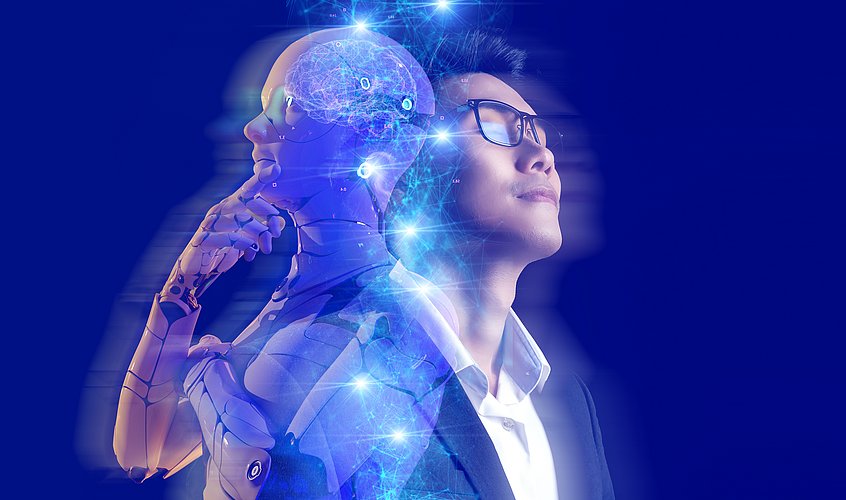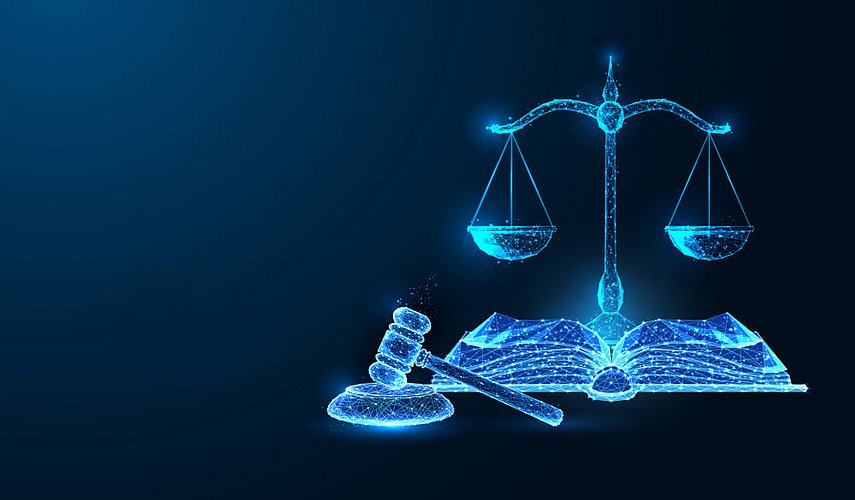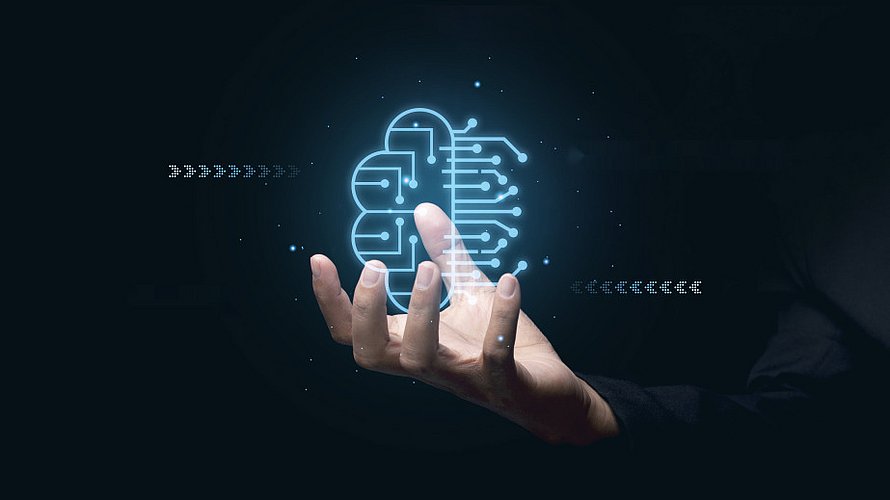International regulation for AI systems by the Council of Europe
Update IP, Media & Technology No. 100
On May 17, 2024, the Council of Europe adopted an international AI Convention. This is the first international legally binding Convention aimed at ensuring respect for human rights, the rule of law and democratic legal norms in the use of artificial intelligence (AI) systems. The Convention, which is also open to non-European countries, creates a legal framework that covers the entire life cycle of AI systems, addresses potential risks and at the same time promotes responsible innovation.
The Convention is the result of two years of work by an intergovernmental body, the Committee on Artificial Intelligence (CAI), which involved the 46 member states of the Council of Europe, the European Union and 11 non-member states (Argentina, Australia, Costa Rica, the Holy See, Israel, Japan, Canada, Mexico, Peru, the United States of America and Uruguay) as well as representatives of the private sector, civil society and academia as observers (see Council of Europe press release).
I. Scope of application
According to Article 3 of the AI Convention, its scope of application extends to activities within the life cycle of AI systems that could potentially affect human rights, democracy and the rule of law. This regulation encompasses activities conducted by both public authorities and private entities.
Article 2 in conjunction with Recital 23 of the AI Convention defines the term "artificial intelligence system" as a machine system that, that for explicit or implicit objectives, infers from the input it receives how to generate outputs such as predictions, content, recommendations or decisions that may influence physical or virtual environments. Different artificial intelligence systems vary in their levels of autonomy and adaptiveness after deployment (full version).
However, the AI Convention excludes activities related to the protection of national security interests of a contracting party. Research and development activities in the field of artificial intelligence are also excluded. Due to the different legal systems of the member states, they also have the discretion to decide whether to directly apply the provisions of the convention to the private sector or to establish their own regulations.
This last exception in particular has been increasingly criticized as it weakens the AI Convention by allowing private companies to be excluded from the scope of the Convention. This could exempt them from effectively protecting human rights, democracy and the rule of law when deploying AI systems.
II. Protection of human rights (Art. 4 of the AI Convention)
The AI Convention obliges the contracting parties in Article 4 to ensure the protection of human dignity at all stages of the AI system life cycle. According to Recital 37 of the AI Convention, this obligation relates to respect for human rights as enshrined in international and domestic law and covers all activities related to the development, deployment and decommissioning of AI systems.
The parties are obliged to ensure that their national laws are consistent with their international obligations, including human rights standards. This means that each country must ensure that human rights are respected, protected and promoted by aligning national laws and regulations with international standards. The parties have the freedom to choose the methods of implementing these obligations, as long as the result meets international requirements.
III. Integrity of democratic processes and respect for the rule of law (Art. 5 AI Convention)
Article 5 of the Convention calls on the Parties to ensure that the integrity of democratic processes and respect for the rule of law are upheld in the use of AI systems. This is to be achieved by taking measures to prevent abuse and manipulation, promoting transparency in decision-making and ensuring that these technologies are not misused to undermine civil rights, spread disinformation or influence the political will of the population.
IV. Transparency and oversight (Art. 8 AI Convention)
The Convention obliges the contracting parties to implement comprehensive transparency measures to ensure that users are informed about the use of AI systems. These transparency obligations include the disclosure of the functioning of AI systems and the way in which decisions are made. It must be clearly recognizable when a user interacts with an AI system and which data is used to make decisions.
In addition, measures are required to prevent the misuse of AI systems. This includes the obligation to monitor and control the use of AI systems to ensure that they are not used for purposes that violate human rights or undermine democratic processes. The Convention also provides for the possibility of imposing sanctions in the event of misuse.
The contracting parties are also obliged to ensure that affected individuals have access to legal remedies if their rights are violated by the use of AI systems (see Art. 14 of the AI Convention). This also includes providing information on how complaints can be submitted and what steps are taken to remedy violations.
A central element of the Convention is the obligation to establish national monitoring bodies responsible for monitoring and enforcing the guidelines. These bodies are to ensure that the AI systems comply with ethical and legal standards and take appropriate measures in the event of violations.
V. Relationship to the EU AI Act
The next step is to take a closer look at the relationship between the AI Convention and the AI Act. While the AI Act sets out specific requirements for the European internal market and creates binding standards for the use of AI technologies in the EU, the Council of Europe's Convention aims to create a global framework for ethical and legal standards.
The AI Act focuses more on technical and specific regulatory requirements for high-risk AI systems and calls for regular reviews to ensure compliance. The international Convention, on the other hand, places more emphasis on creating an ethical framework and promoting international cooperation to regulate the cross-border use of AI technologies.
The adoption of the AI Convention by the Council of Europe could support the implementation of the AI Act in the EU Member States by creating a uniform basis for the regulation of AI systems and strengthening international standards for the responsible use of AI. This could improve cooperation between different jurisdictions and help European companies remain competitive in the global market.
VI. Conclusion
The Council of Europe's international AI Convention represents a significant step towards creating a safe and ethical framework for the use of AI technologies. It promotes international cooperation and sets standards for responsible innovation in the field of artificial intelligence. Member states and the companies based in them are now called upon to adapt their practices and regulations accordingly in order to meet the requirements of the Convention and protect human rights in an increasingly digitalized world.











